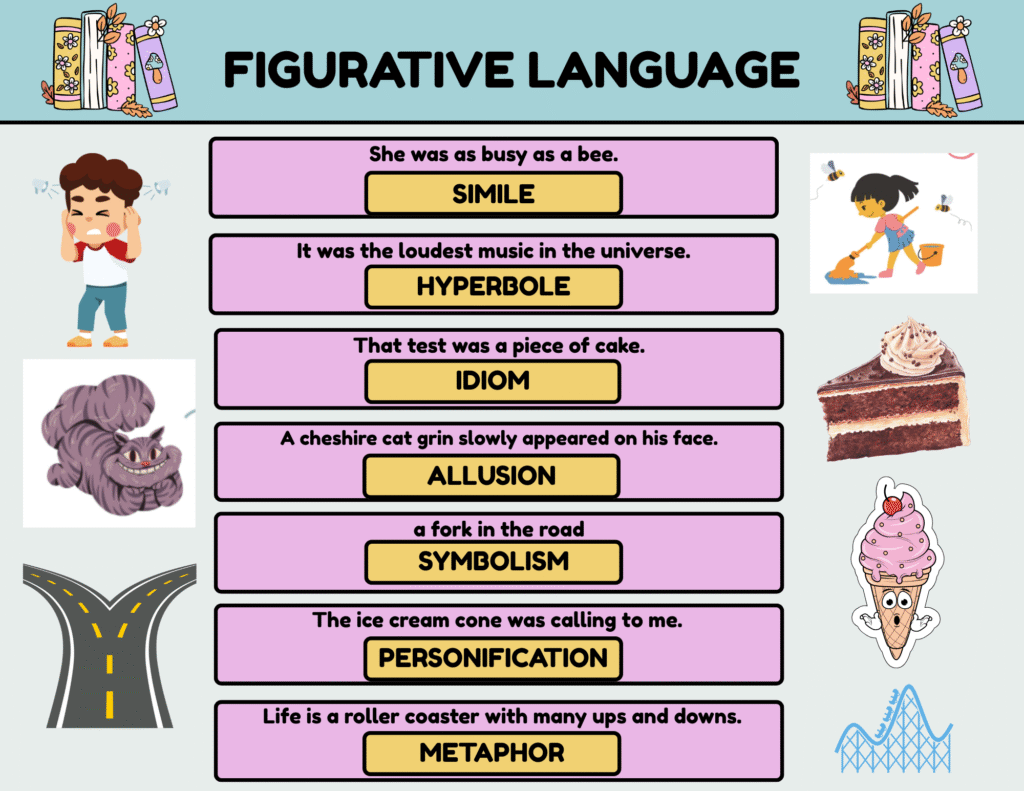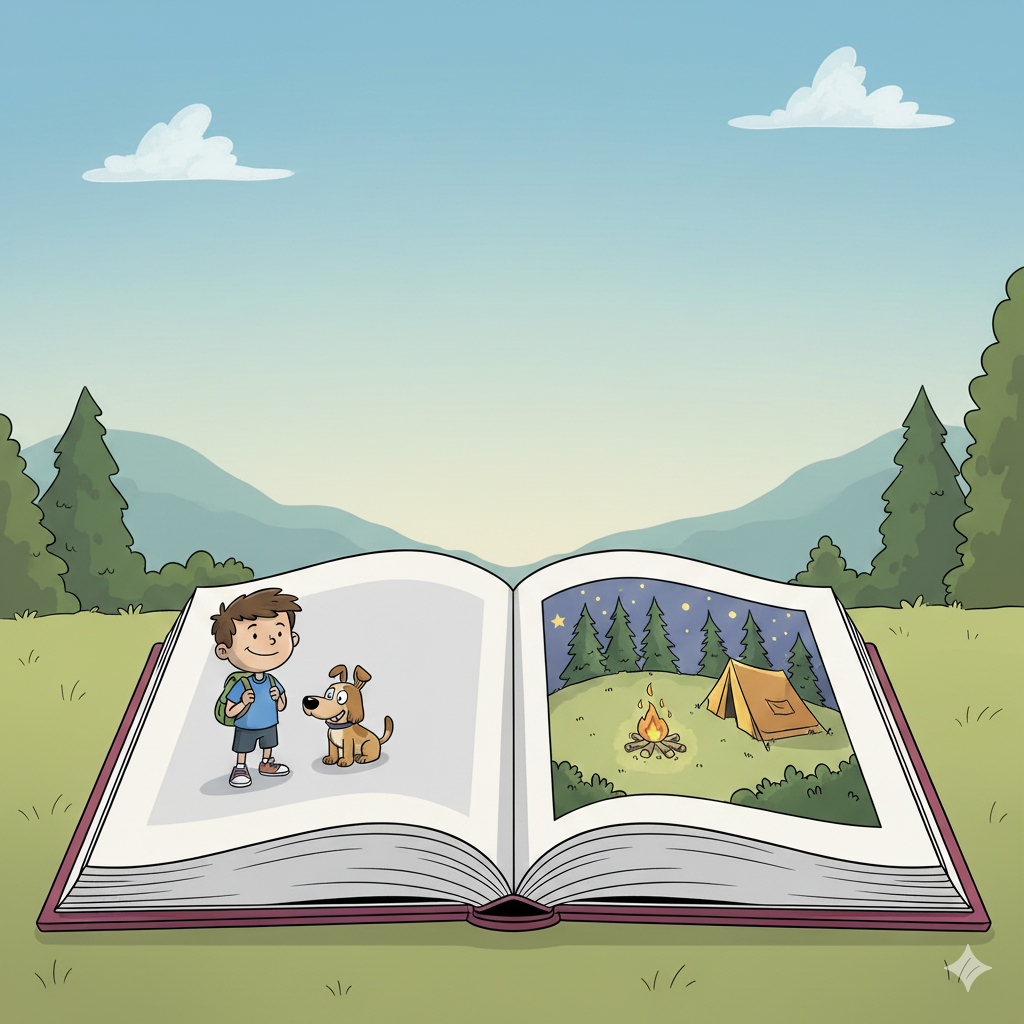Figurative Language and Imagery: Free Resources for Teaching and Practice
Figurative language enables authors to turn plain sentences into vivid, emotional, and memorable descriptions. In this section, we’ll explore common types of figurative language, such as metaphor, simile, personification, hyperbole, idioms, symbolism, allusion, and imagery. Each element works together to add depth and color to both reading and writing. Overviews and Tutorials Imagery Video (with […]
Figurative Language and Imagery: Free Resources for Teaching and Practice Read More »



